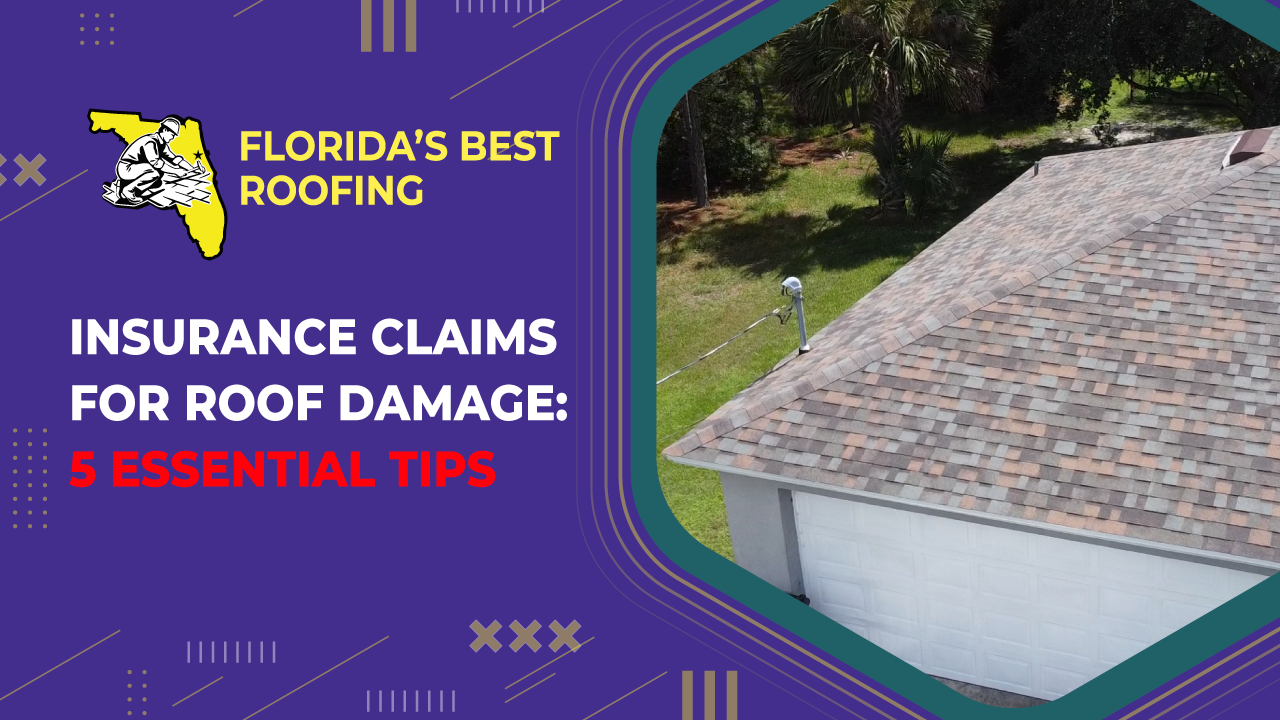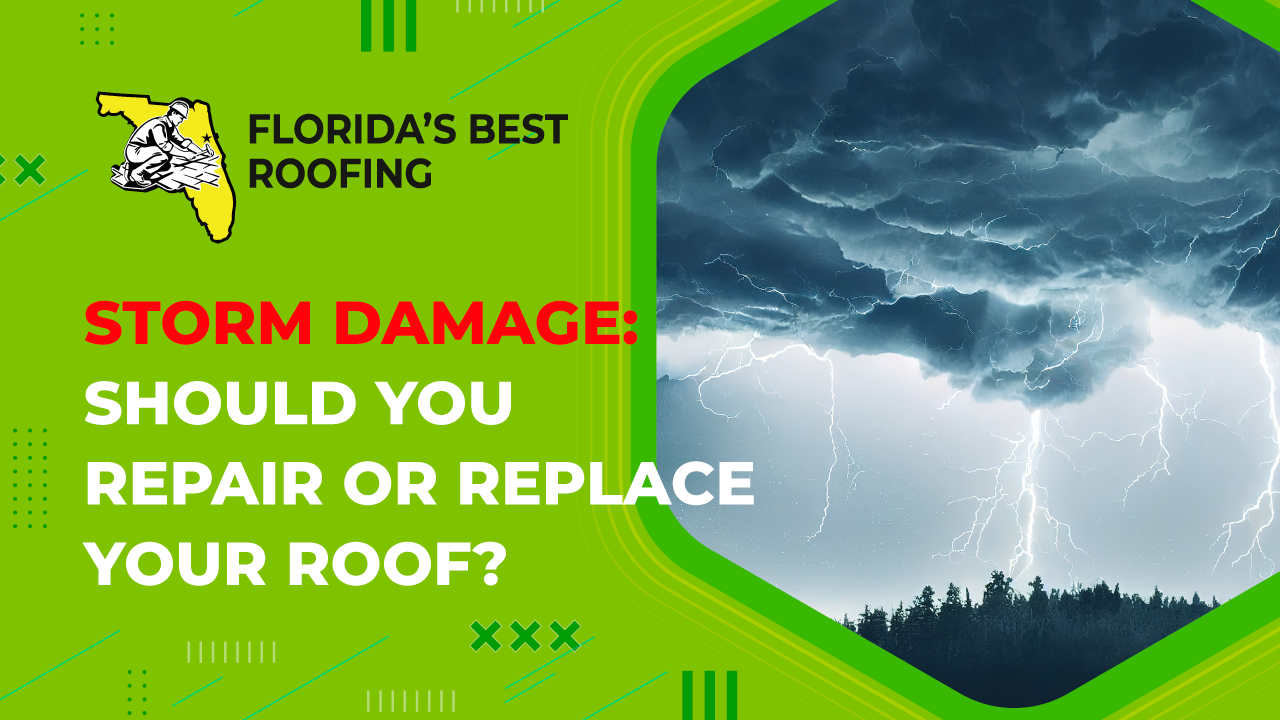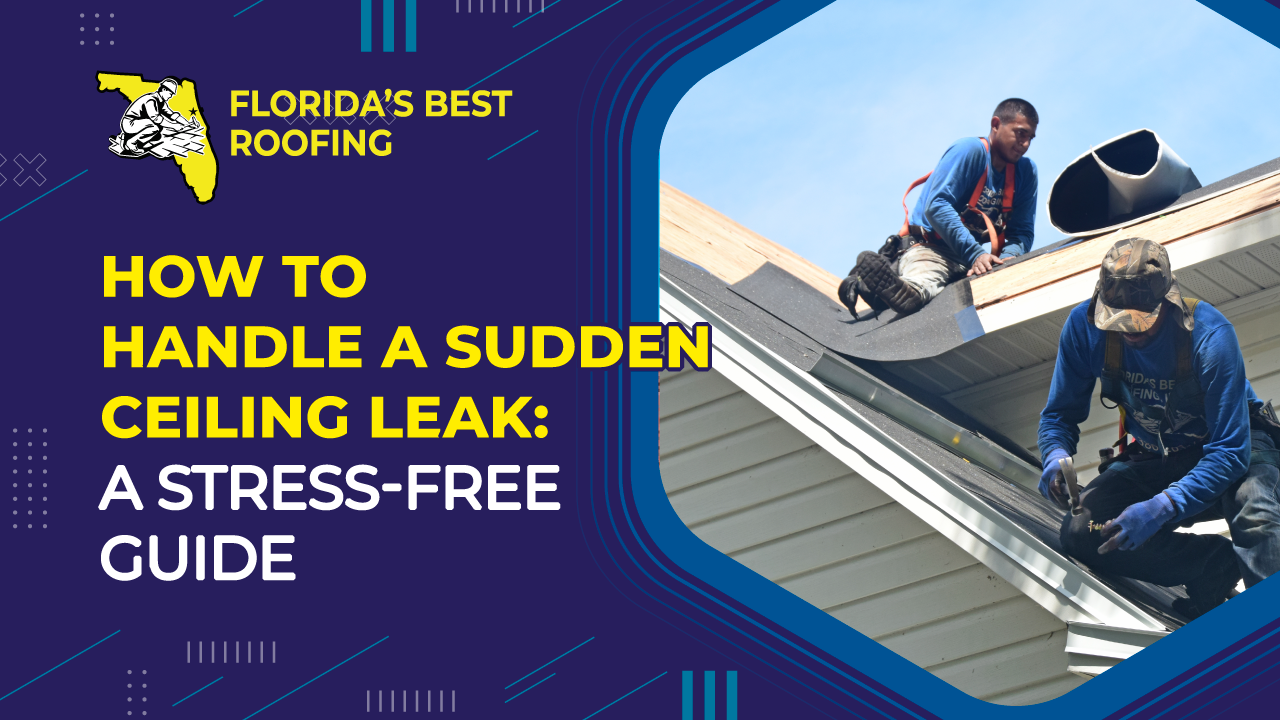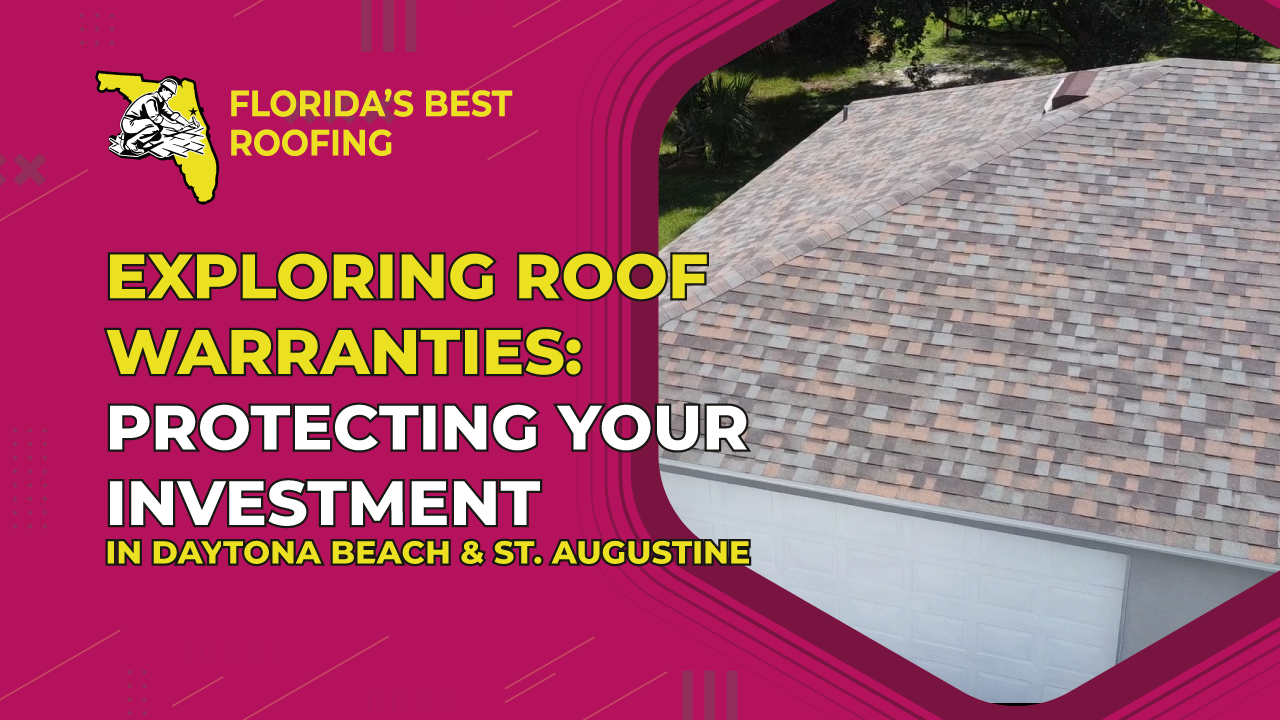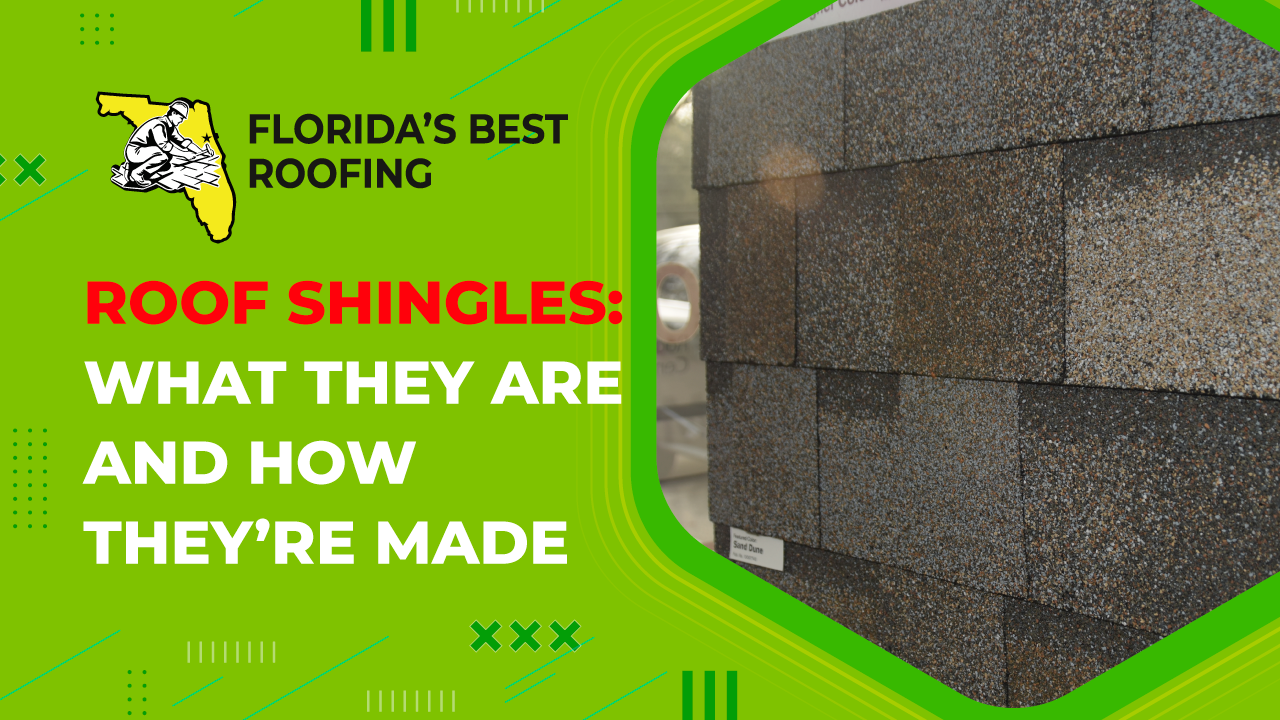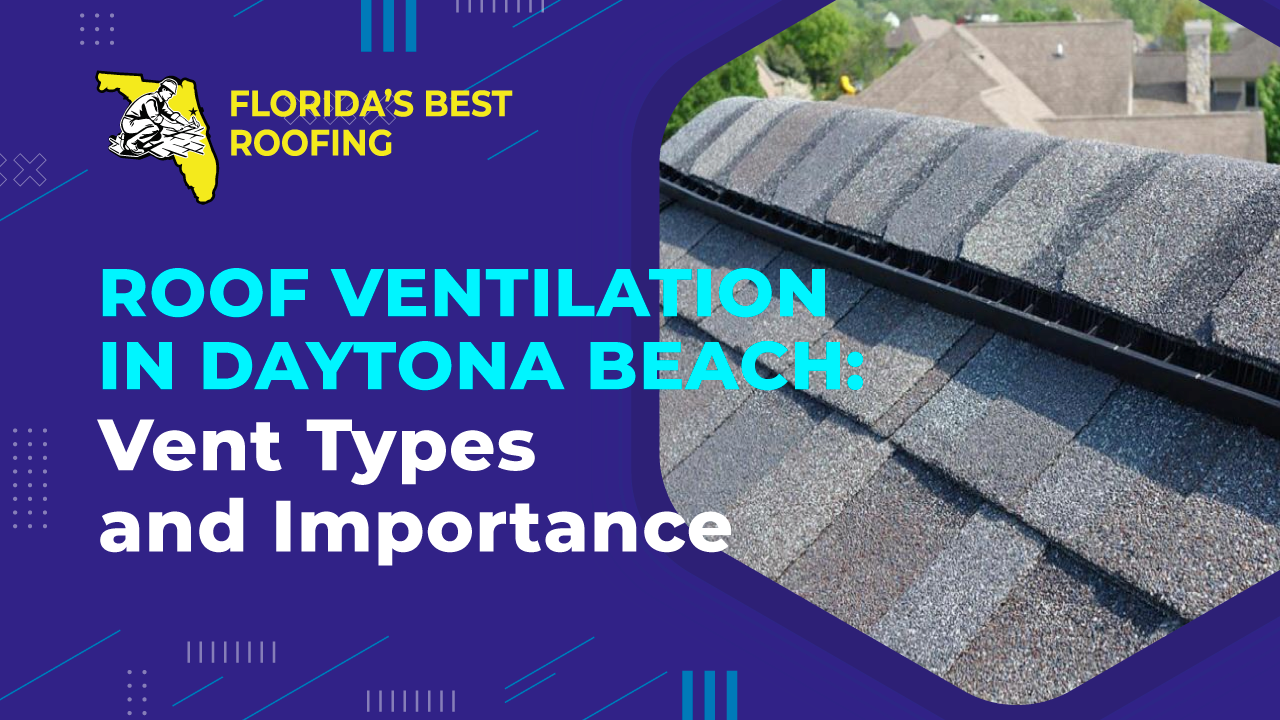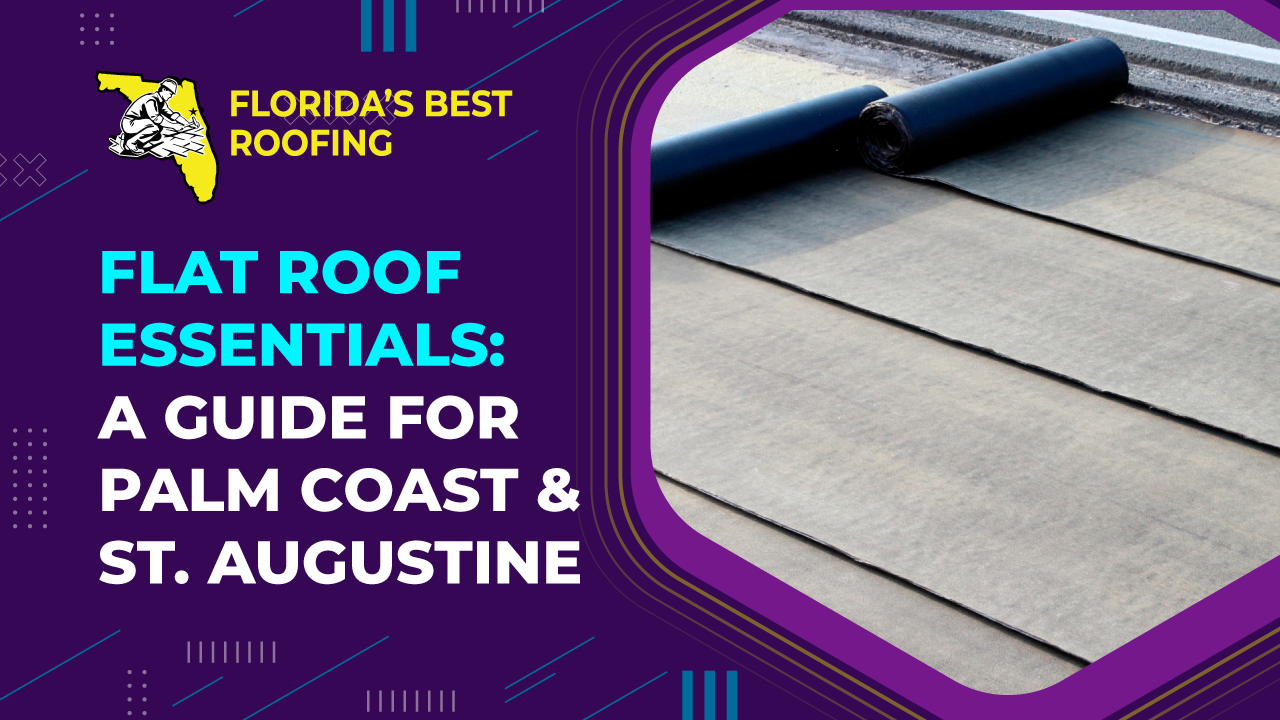Insurance Claims for Roof Damage: 5 Essential Tips
When your property sustains roof damage after a storm or other natural event, it’s critical to have a smooth claims process to ensure repairs are covered. Knowing how to navigate insurance claims will help you save time, reduce stress, and ensure you receive the compensation needed to restore your roof. Here are five essential tips to simplify the process and protect your home.
1. Understand Your Policy
Familiarize yourself with key parts of your insurance policy before any incident. Begin by confirming the “policy period,” which outlines the active period of your coverage—insurance won’t cover damage occurring outside of this timeframe. Make sure your policy stays up-to-date by renewing on time.
When it comes to roofs, pay attention to any endorsements that might limit coverage, such as an Actual Cash Value (ACV) assessment. While ACV endorsements may lower premiums, they also depreciate payout amounts, meaning you might only receive a portion of the total replacement cost. This can result in higher out-of-pocket costs if a major repair or replacement is needed.
2. File Claims Promptly
In Florida, you have up to two years from the date of damage to file a claim, but it’s best to start the process as soon as you notice the damage. Filing promptly not only jumpstarts repairs but also helps prevent worsening issues. Policies generally require homeowners to “mitigate damages,” meaning you must take reasonable steps to avoid further damage while the claim is in process. For instance, if a damaged roof worsens and causes interior water damage or mold, insurance may not cover those additional costs. Filing quickly helps ensure coverage for all damages.
3. Stay in Communication with Your Insurance Company
The claims process involves ongoing communication with your insurer, including initial filings, inspections, settlement discussions, and possibly more. Keep your contact information current with your insurer, including a phone number, mailing address, and email. Enabling SMS or email alerts can also speed up the process, as important notices often arrive faster electronically than through traditional mail.
4. Document Everything and Stay Organized
While your insurer will conduct its own inspection, maintaining your own records is essential. Photograph all visible damage, recording the dates the photos were taken. Keep a detailed log of anyone you speak to throughout the process (adjusters, inspectors, etc.), noting names, titles, contact details, and a brief summary of each conversation. Staying organized can make any unexpected hurdles easier to manage and helps ensure you have all relevant information at hand.
5. Seek Professional Assistance if Needed
If you face challenges with your claim—such as an unexpected denial or an insurer’s assessment that doesn’t reflect the extent of the damage—consider reaching out to a professional. Public adjusters and experienced contractors are well-versed in local regulations and have likely handled hundreds of claims. They can help by preparing an independent estimate to submit to your insurance company and provide guidance on statutes that support your case. Don’t hesitate to seek out experienced professionals, and ensure they are reputable and licensed.
If you suspect your roof has sustained damage covered by insurance, we’d be happy to assist with an inspection and guide you through the claims process. Florida’s Best Roofing, Inc. is a fully licensed (CCC 1325974) and insured, local roofing contractor with decades of experience. For repairs, replacements, or a free estimate, contact us at 386-263-7906 if you’re in the Palm Coast, Flagler, or Volusia area.

